Kalbadi Historical House | Qajar Architecture and Artifacts
Kalbadi Historical House, in the heart of Sari, is a beautiful example of Qajar-era architecture.
Built by Sardar Jalil and named "Amiryeh" after his son, it later became the home of Manouchehr Khan Kalbadi, a key figure in Sari’s history. With its detailed brickwork, wooden decorations, and clay roof, it shows off traditional Persian design. In 1991, it was given to the Organization of Cultural Heritage and turned into a museum in 2009, keeping its cultural importance alive.
Kalbadi House Historical Background
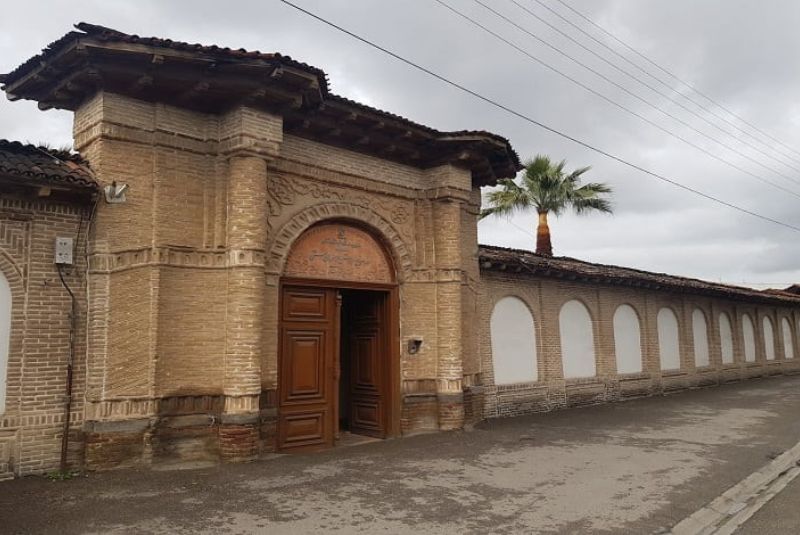
The Kalbadi Historical House, originally named "Amiryeh," was commissioned during the Qajar era by Sardar Jalil, a prominent military commander. The house was named after his son, Amir Nusrat Shokoh Nizam, in honor of his esteemed lineage. Unfortunately, Amir Nusrat passed away at a young age, leading to the house being transferred to Manouchehr Khan Kalbadi, his surviving son. Manouchehr Khan Kalbadi, a notable figure in Sari’s political landscape, served as a representative of the people of Sari in the National Assembly. His influence and legacy were deeply tied to the history of the house, which remained in the Kalbadi family for years. In 1991, eight years after Manouchehr Khan’s passing, the house was handed over to the Cultural Heritage and Tourism Organization. It underwent significant preservation efforts and was transformed into a museum in 2009, preserving its historical and cultural significance.
Kalbadi House Architectural Design and Layout
Exterior and Interior Sections
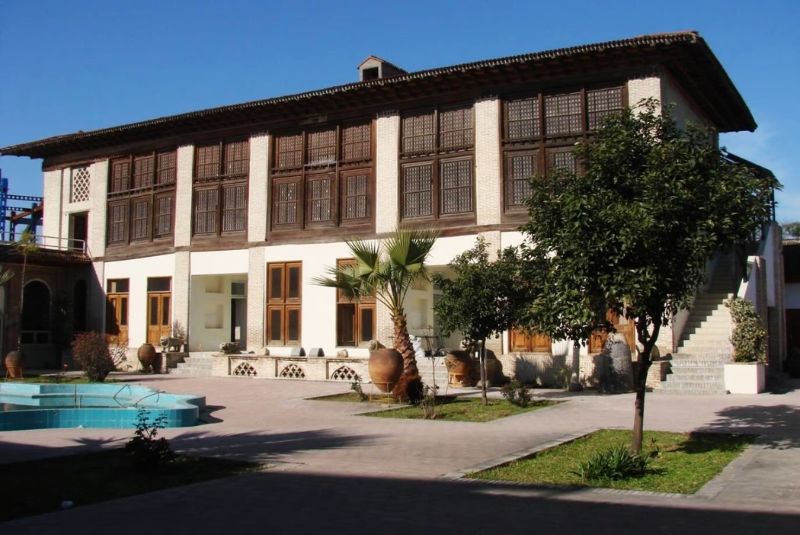
The Kalbadi Historical House showcases a remarkable example of Qajar-era architecture, with a clear distinction between its exterior and interior sections. The house’s construction prominently features materials like brick, wood, and clay, reflecting traditional Iranian building techniques. The exterior portion served as a more public-facing space, while the interior was reserved for private family activities. The design mirrors the layout of traditional Qajar homes, emphasizing the separation of spaces for different social functions. The courtyard, positioned lower than the entrance level, connects both sections, enhancing the harmony between indoor and outdoor areas.
Main Building Structure
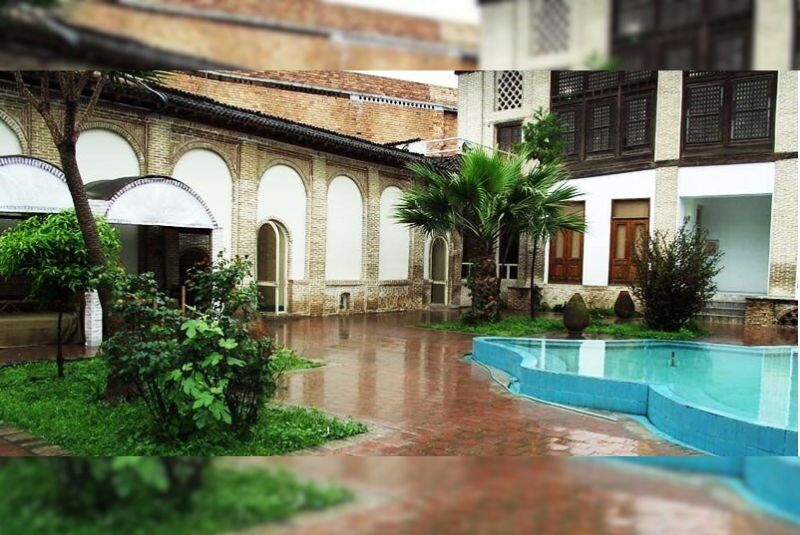
The main building of Kalbadi House follows a two-story, rectangular plan, which includes a cellar that was once used as a yakhchal (ancient type of ice house). The house’s two floors are centered around a courtyard, with Shahneshin rooms—special chambers designed for hosting guests—being key focal points on both levels. These rooms are adorned with intricate orsi work, featuring wooden lattice doors and colorful stained glass that add a rich artistic touch. The floors are connected by staircases on each side of the Shahneshins, reflecting a symmetrical design that enhances the overall elegance of the building.
Notable Features of Kolbadi Historical House
Main Entrance

One of the standout features of the Kalbadi Historical House is its beautifully crafted main entrance. The tall wooden door, adorned with intricate carvings and decorative motifs, immediately captures attention. Its design is symbolic of the craftsmanship typical of the Qajar period, with brick framing adding further elegance to the entryway.
Courtyard and Water Pond
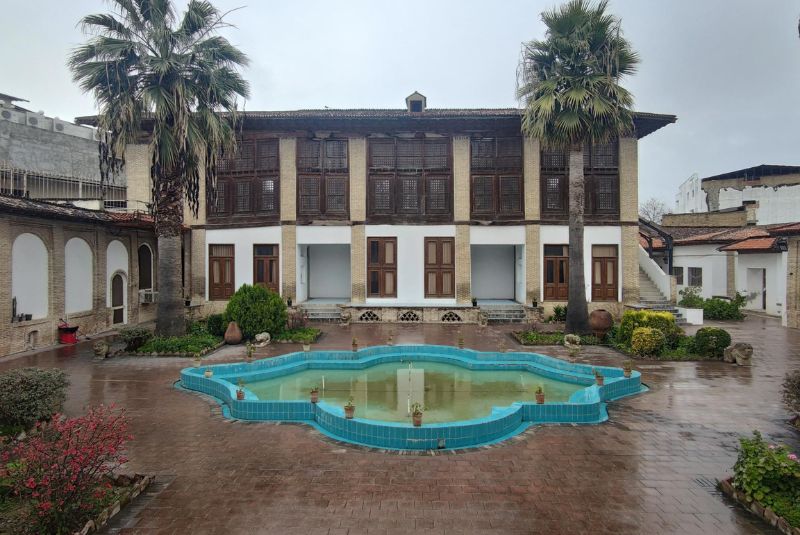
The courtyard, a central element of traditional Iranian homes, is complemented by a serene water pond, which acts as a focal point for the space. This courtyard not only connects the different sections of the house but also represents the harmony between nature and architecture, offering a tranquil atmosphere for residents and visitors alike.
Basement and Yakhchal
The house features a basement that once functioned as a yakhchal, a traditional Iranian ice house. This storage space was used to have ice in the hot summers, showcasing the practical architectural design of the era.
Interior Details

One of the notable aspects of the Kalbadi House is the difference between the first and second floors. These variations are the result of renovations in recent decades, where doors and windows on the lower level differ from those on the upper floor, reflecting changes in design over time.
Outer Section
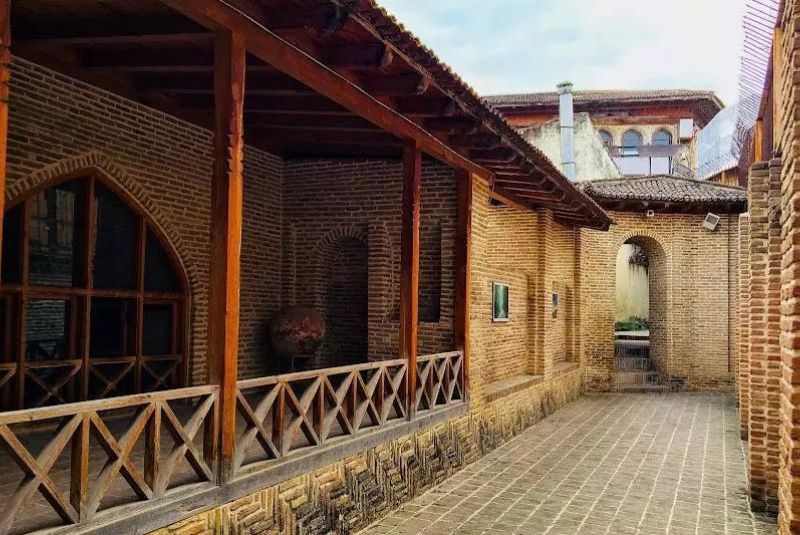
The outer part of the house, located to the left of the main entrance, includes a smaller yard and a room that were used for daily activities. This section connects to the large inner courtyard and offers additional space for household chores and other functions.
Other Spaces
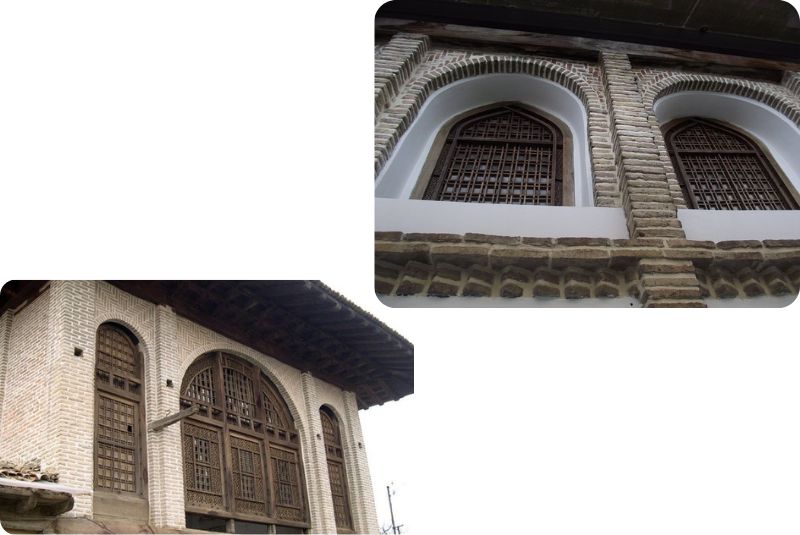
The Kalbadi House once contained a range of ancillary spaces, including a bathhouse with a Garmkhaneh and Sarbineh, stables, a kitchen, and quarters for servants. Over time, the kitchen and servant areas have been destroyed, but modern renovations have restored parts of these spaces, preserving their historical significance.
Bathhouse Structure
The bathhouse of the Kalbadi Historical House is divided into two main sections: the Garmkhaneh and the Sarbineh, a common feature in traditional Iranian architecture. The Garmkhaneh was used for bathing and cleansing, while the Sarbineh provided a space for cooling down and resting after the bath. This thoughtful division ensured a comfortable and effective bathing experience. One of the notable features of the bathhouse is the visible Khazinehs—large reservoirs for hot and cold water—located within the Garmkhaneh. These Khazinehs allowed for easy regulation of water temperatures, offering visitors the choice between warm and cool baths, highlighting the functional sophistication of this Qajar-era bathhouse design.
Kalbadi House as a Museum
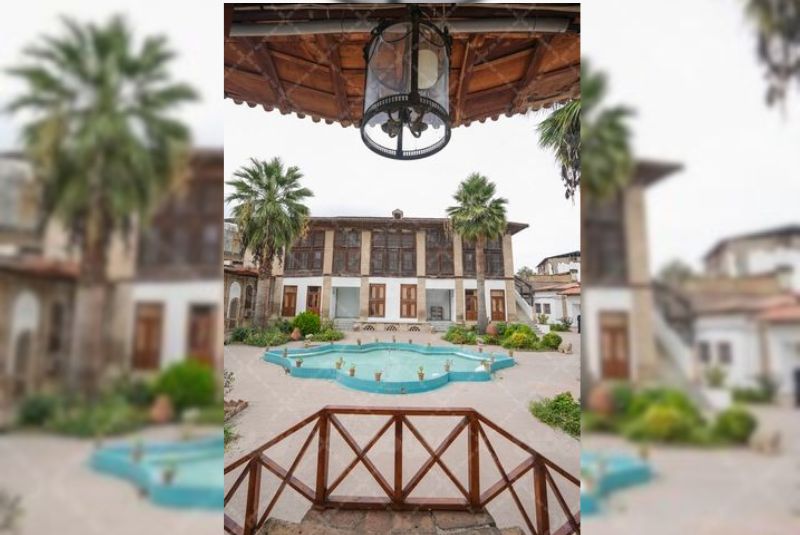
First Floor
The first floor of Kalbadi House has been transformed into a showcase of local artistry and craftsmanship. Here, visitors can explore an impressive collection of wooden and metalworks, including intricately designed orsi doors and traditional lattice panels. The floor also features local crafts such as Jajim (woven woolen fabrics) and Gelim (kilims), along with a range of historical vessels. This section highlights the rich cultural heritage and artisanal skills of the region, offering insights into the traditional Mazandaran crafts that have been preserved through the ages.
Second Floor
The second floor presents a more extensive historical overview, displaying artifacts from various periods. It includes prehistoric pottery from sites such as Gohartepe and Hesar Damghan, offering a glimpse into early human civilization in Mazandaran. The floor also features Islamic-era pottery and a selection of Qajar-period relics, providing visitors with a comprehensive understanding of the region's evolution through different historical epochs. This collection underscores the historical significance of Kalbadi House, bridging ancient and more recent cultural artifacts.

Finally!
The Kalbadi Historical House, a testament to the rich cultural and architectural heritage of the Qajar era, stands as a captivating symbol of Iran's historical grandeur. From its intricate wooden doors and elegant courtyards to its well-preserved bathhouse and museum exhibits, this house offers a unique glimpse into traditional Persian life and craftsmanship. As a museum, it not only showcases local arts and crafts but also preserves valuable historical artifacts from various eras. The transformation of the Kalbadi House into a cultural and historical venue underscores its significance as a living relic of Iran's past, making it a must-visit for those interested in exploring the country’s rich heritage and architectural marvels.
Share your story!
Comment below and let us know about your Experience.
Your story inspires others!


Comment
Leave a Comment